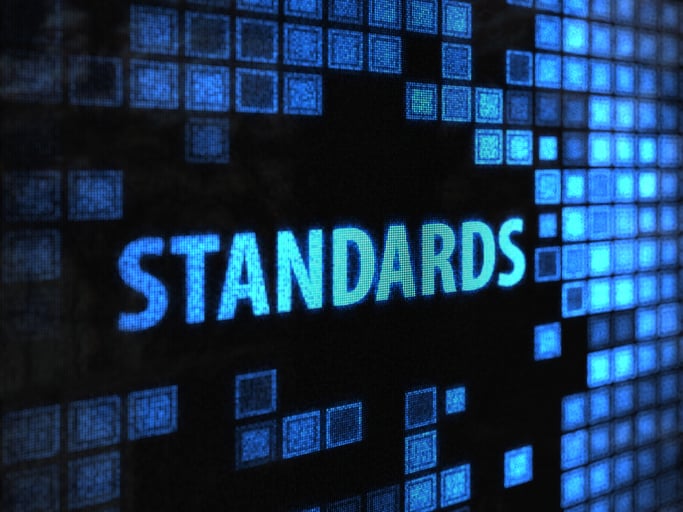Guide to a Faster Engineering Change Order Procedure in Electronics
Change management is usually a requirement in the electronics industry. This specifically relates to changes needed after the initial design of your...

The IPC standards chart (or tree, in some circles) provides guidelines for the production and assembly requirements of electronics manufacturing companies. Each “code” on the tree is a standard or document outlining the guidelines or requirements for building an assembly.
The company behind the standards was founded in 1957 as the Institute for Printed Circuits. The organization has changed its name numerous times and is now known as "IPC -- Association Connecting Electronics Industries."
The IPC holds the most widely used standard for acceptability in the equipment and assemblies industry. The American National Standards Institute accredits the IPC as an organization trusted to develop global standards.
The quality and reliability of your board are dependent on your electronics manufacturer being well versed in these international standards. That typically means not just IPC compliance, but also full testing and inspection capabilities for all PCBs.
OEMs (like you) and contract electronic manufacturers (like us) in the United States use location-specific standards to test trainers. Currently, more than 3,600 trainers use the IPC standards chart.
Aside from development and training, one of the most important reasons to use the chart is to ensure a certain level of ROI from development efforts. This is especially important for OEM parts, which are held to a higher standard from a consumer viewpoint as well. With IPC U.S. standards, there is no room for interpretation among vendors in terms of product safety or utility.

This standards tree shows the documentation and specifications needed for manufacturing aspects such as:
Keep up on recent revisions by checking out this IPC standards revision list.
To get specifics on each standard, use this IPC checklist.
Being certified in IPC means your manufacturer is well prepared. Here’s how IPC does it:
As a consumer, doing business with companies that have committed to IPC gives you a crystal-clear benchmark. Standards are also divided into classes to give an even more precise definition of these benchmarks. If a customer wants their assembly manufactured to IPC Class 2 or 3 then any and all of these standards may be referenced for method, acceptability, testing, etc.
For example, Matric uses the electronics manufacturing standards below on a daily basis as a guide in production:
Don’t do business with a vendor who’s not playing by the same rules as the good ones!
Editor's Note: This blog post was originally published in August 2018 and was updated in May 2022.

Change management is usually a requirement in the electronics industry. This specifically relates to changes needed after the initial design of your...

The electronics manufacturing supply chain is a major risk for many OEMs. Challenges in this area include environmental and global regulations, which...

A first article inspection for electronics products is a verification process that documents and certifies the accuracy of each and every facet of...